
Exceeding the cost of building a theme park from scratch (allegedly somewhere between $1 billion and $2 billion), Disney World unveiled plans in 2010 for a resort-wide, forward-thinking technological makeover. Here at Park Lore, we dedicated an entire Member-exclusive Special Feature to the rise & fall of MyMagic+, a somewhat ambiguous suite of entangled technological systems, half-met goals, and unfulfilled in-park promises meant to modernize Disney World’s infrastructure and trip planning.
Suffice it to say that a major undertaking of MyMagic+ was to increase guest satisfaction (and spending) by making a Disney World vacation as worry-free as possible, with the My Disney Experience app as a forward-facing, all-in-one interface for wrangling the many intertwined aspects of a Disney trip, incarnate in the MagicBand wearable. My Disney Experience centralized trip planning and shifted every aspect of a vacation to be bookable from six months to 30 days in advance, making (an almost outrageous) level of pre-planning essential and – in some ways – gamifying the lead-up to a trip.
The payoff, as it were, was that guests would basically have every hour of every day planned when they arrived. And for the first time in history, that included FastPass.
FastPass, Plussed?


In 2014, Walt Disney World’s paper FastPass machines were officially switched off. As part of the MyMagic+ initiative, reserving space in Disney Parks’ virtual queues moved from the physical world to the My Disney Experience app… and from day-of to weeks before your trip. By nature of reading this on Park Lore, we assume you know that through FastPass+, guests could make reservations beginning at 7:00 AM, 30 days prior to their trip (or 60 days for guests of Disney Resort Hotels – a major perk).
But intensive pre-planning and a new FastPass “digital ropedrop” weren’t the only aspects of FastPass to change.
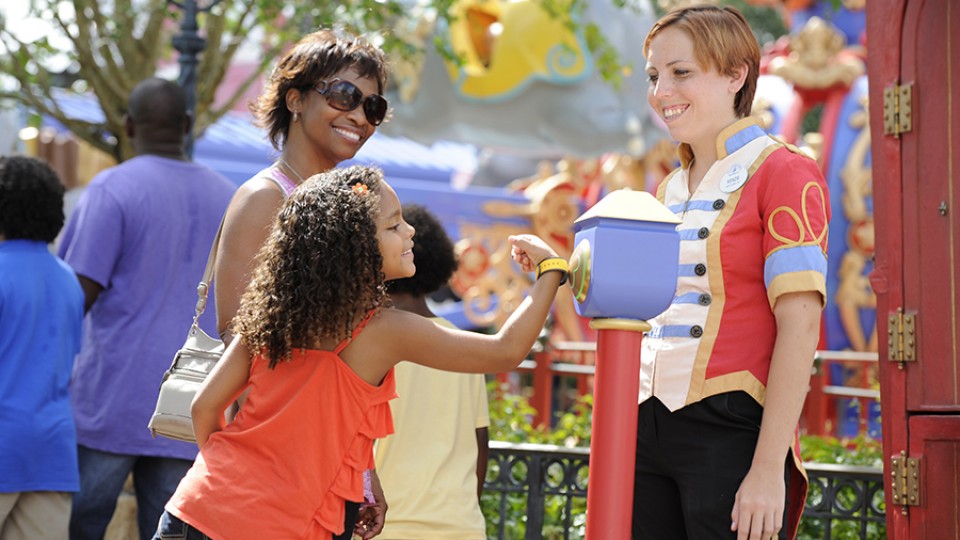
Now factored into highly-structured trip planning right alongside hotel, transportation, and dining reservations, FastPass would change from a day-of, “optional” service used expertly by frequent visitors and sporadically (or not at all) by some day guests into a de facto aspect of park planning for nearly everyone, requiring substantial changes to achieve near-universal adoption by all guests of Disney theme parks:
- First, it needed a set number of FastPasses distributed equally. Reportedly, Disney’s internal research had indicated an optimum number of attractions guests needed to experience in order to feel their day was worthwhile… surprisingly, fewer than 10. As a result, the number of FastPasses available to each guest was set at three.
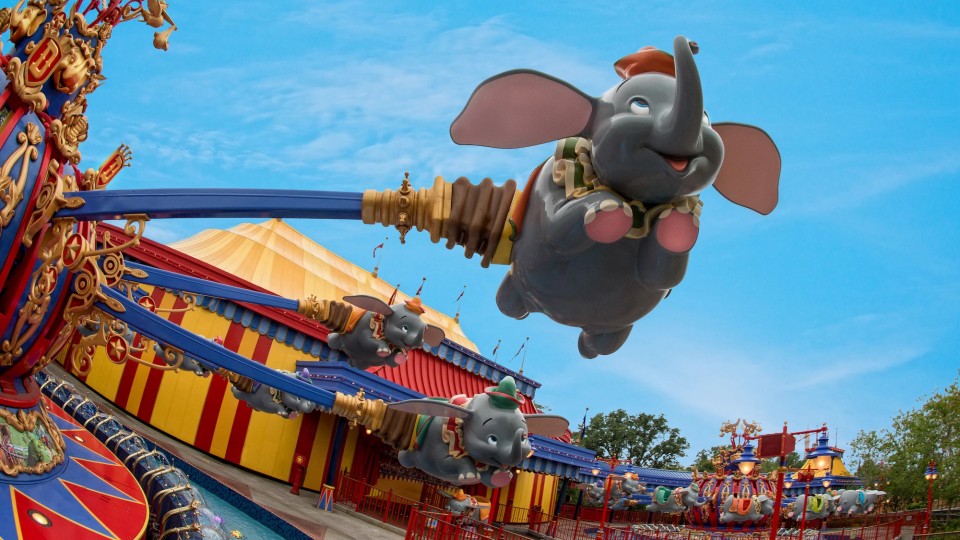
- Second, for every guest to reserve three “virtual queue” slots, FastPass+ would need more cumulative “slots” than the paper FastPass system had. Since a ride’s capacity is its capacity, period, the only way to add more bookable FastPass “slots” would be to add FastPass+ to attractions that did not offer legacy FastPass.
Rides like Pirates, Haunted Mansion, and Spaceship Earth – inherently high-capacity and able to deftly handle crowds – transformed their continuously moving queues into gunked-up Stand-by lines, squandering built-in efficiency and inflating wait times. Plus, with small flat rides, shows, and meet-and-greets added to increase FastPass+ capacity, the system only further reduced spontaneity, added more swampy Stand-by queues, and made it easier for infrequent guests to get FastPass “wrong.”
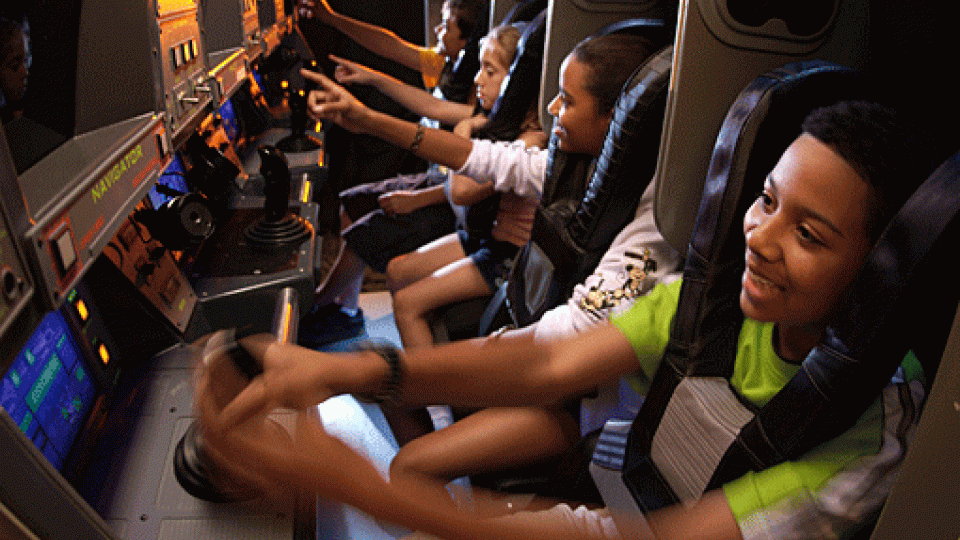
- Third, FastPass experiences at Epcot, Hollywood Studios, and Animal Kingdom were divided into fluid “tiers” such that guests could only pre-book one high-demand “Tier 1” experience per day, while their other two selections needed to be chosen from a list of less-demanded attractions, shows, and meet-and-greets.
The Failure of FastPass
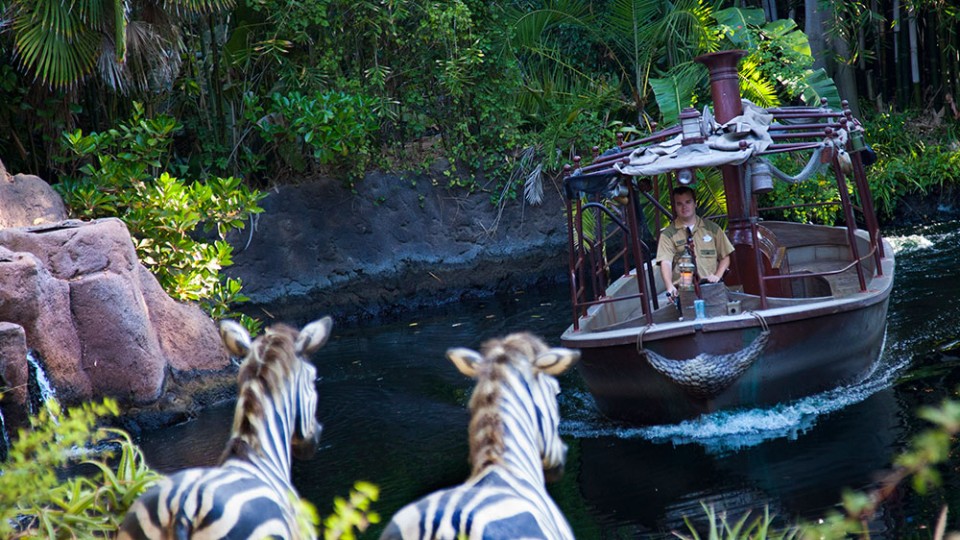
To review, at the dawn of the New Millennium, one or two major attractions at each park offered FastPass as a way to reserve a “slot” in a signature ride’s capacity. While waiting in the “virtual queue” for Space Mountain, you could hop on the Haunted Mansion, sail through Pirates, take a Jungle Cruise, or have a lunch break… And that is FastPass at its best; a true “virtual queue” for a high-popularity-medium-capacity attraction. And with just one or two FastPass-equipped attractions in a park, it works beautifully as a fun and exciting way to get to “wait less; ride more” at no extra cost.
Jump ahead two decades, by which time MyMagic+ and FastPass+ had entirely inverted that formula. In 2020, no less than 25 attractions at Magic Kingdom offered FastPass+. And remember that troubling truth we saw on the last page: the unintended byproduct of equipping an attraction with FastPass is that its regular line is, by design, replaced with a slow-moving Stand-by line. To bring the story full circle:
[Guest] Stan Bonny, 61: “I think it’s a great idea. It should be on all the rides.”
[Vice President of Operations, Planning and Development at Walt Disney World] Dale Stafford: “If you did it everywhere, you wouldn’t have enough space in the park. Where would everyone go?”
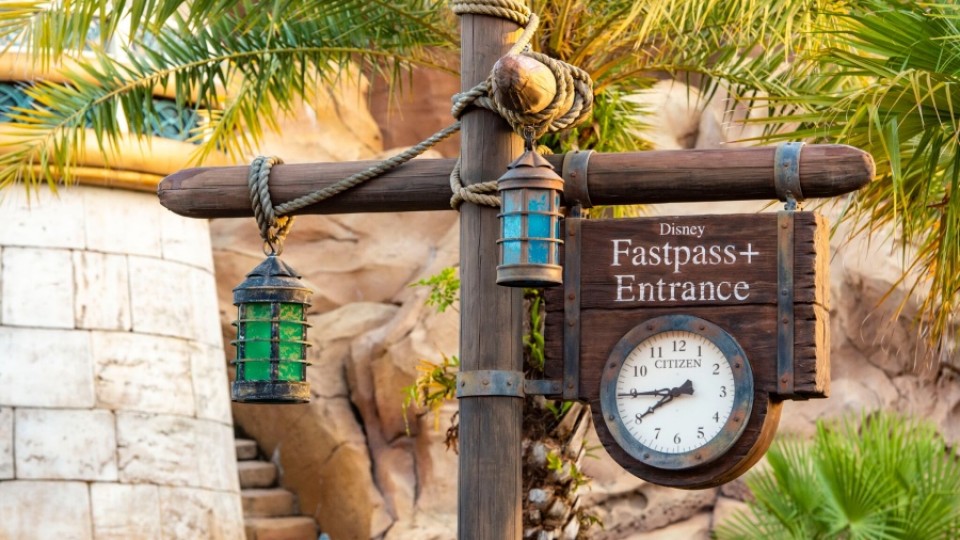
Where would everyone go? In the 2010s, we lived it! While you waited for your Space Mountain return time, you could try the Haunted Mansion. Nope. By nature of also being a FastPass attraction, its once continuously-moving, highly-efficient, “people-eating” line has turned into a swampy, stagnant Stand-by line with an hour-long wait. Maybe a piratical jaunt will pass the time? Nope. Though it’s an immensely high-capacity ride, Pirates, too, got FastPass+, meaning if you didn’t snag a “slot” sixty days ago, you’re relegated to a backed up Stand-by line that moves about 30% as fast as it used to.
There was a reason the high-capacity Omnimover-based Little Mermaid dark ride at Magic Kingdom could earn 45 minute waits while its identical twin at Disney California Adventure was routinely a walk-on. Yep… FastPass. (You’d see it again comparing the two resorts’ Winnie the Pooh rides or Midway Mania.)
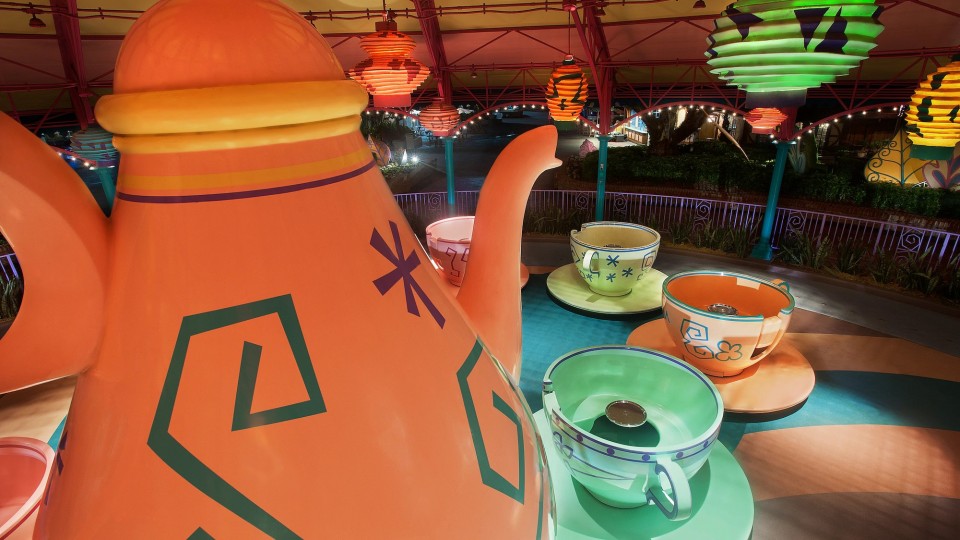
But forget those headlining, anchor attractions… What about the smaller “asides;” the kinds of hidden gems and mid-level attractions that make Disney different from Universal? Sure, maybe every E-Ticket has a dreadful Stand-by line thanks to FastPass, but hey, that’s what “supporting” attractions are for! The idea in 1999 was literally that those attractions were meant to play that very role, “filling in” the day between rare FastPass virtual queues.
But by 2020: Magic Carpets of Aladdin? FastPass. Tomorrowland Speedway? FastPass. Enchanted Tales with Belle? FastPass. Mickey’s Philharmagic?!? FastPass! Even the Mad Tea Party was outfitted with FastPass, again ensuring that a majority of the ride’s already-small capacity would go toward pre-booked FastPass reservations, leaving lines for even these smaller, time-filling attractions as… Stand-by.
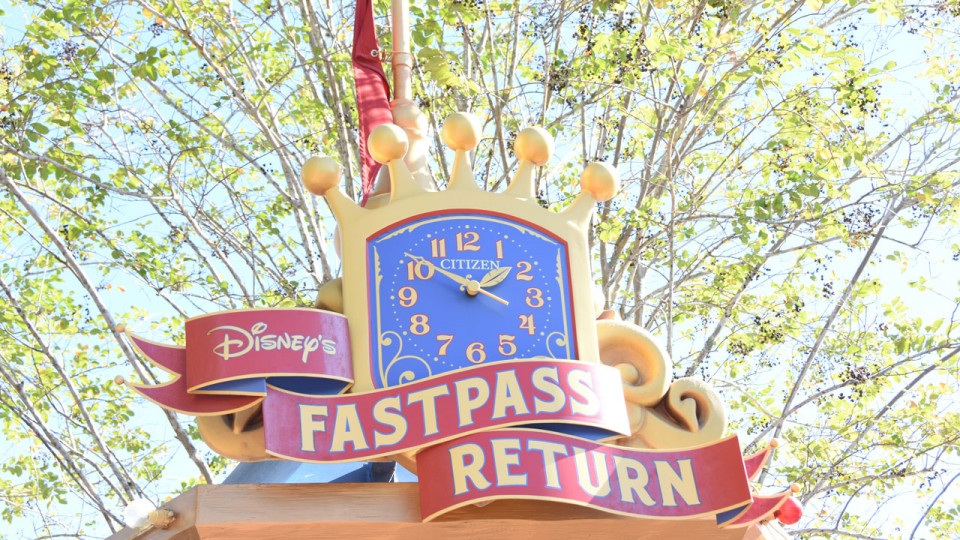
The end result was that – if you were lucky – you’d get one, two, or even three FastPass reservations for popular attractions. But as a result of FastPass itself, every other wait you encountered would move more slowly and even take longer. And since rigid tiering of available experiences was a necessary evil of spreading out access to popular attractions, if you wanted to ride all three “tier 1” attractions at Disney’s Hollywood Studios, you would have to wait in the Stand-by line for two of them. Period. One FastPass, but two Stand-bys.
Clearly, Disney’s internal evaluation data must have signaled that – despite its direct operational impacts on wait times – FastPass was positively viewed by guests. A ubiquitous phrase used in everyday life, “FastPass” was an often-imitated-but-never-duplicated P.R. dream for Disney World in concept alone. And more to the point, getting rid of FastPass would be a major faux pas. Given just how integrated and adored it was, it seemed certain that FastPass would never go away… Until it did…



What really bothered me during my sole post-fastpass trip relates to this idea that “Unfair waits are longer than equitable waits.“
If a ride goes down due to weather or maintenance, when it comes back up they prioritize the Lighting Lane and drastically increase the ratio of Lightning Lane to stand-by guests.
During my trip I had not purchased Genie+, so it was horrible waiting in the excruciatingly slow stand-by after a ride name back up. When FastPass was complimentary to everyone, this same scenario didn’t bother me, as I would also benefit from the operational change when my FastPass return time came, however, in this new system, these ‘higher-tiered’ guests were prioritized making the wait feel particularly inequitable and ergo felt way longer.
My biggest takeaway from this is how short Expedition Everest’s line was in 2015. Less than 30 minutes? Sign me up! I am glad others agree about the issues with Fastpass and I now have a place to link them to on why.
I think your solution is an interesting one. I agree that fastpasses should be cut down to larger attractions but I have never heard the idea of not opening it until the standby hits a certain time quota.
I think we could see some interesting queue changes in the future here!